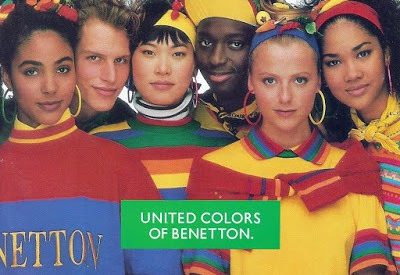Art director Oliviero Toscani paved the way for the inclusive fashion campaigns we see today. Three decades later, he?s back at the helm ? but can Benetton still stand out from the crowd?
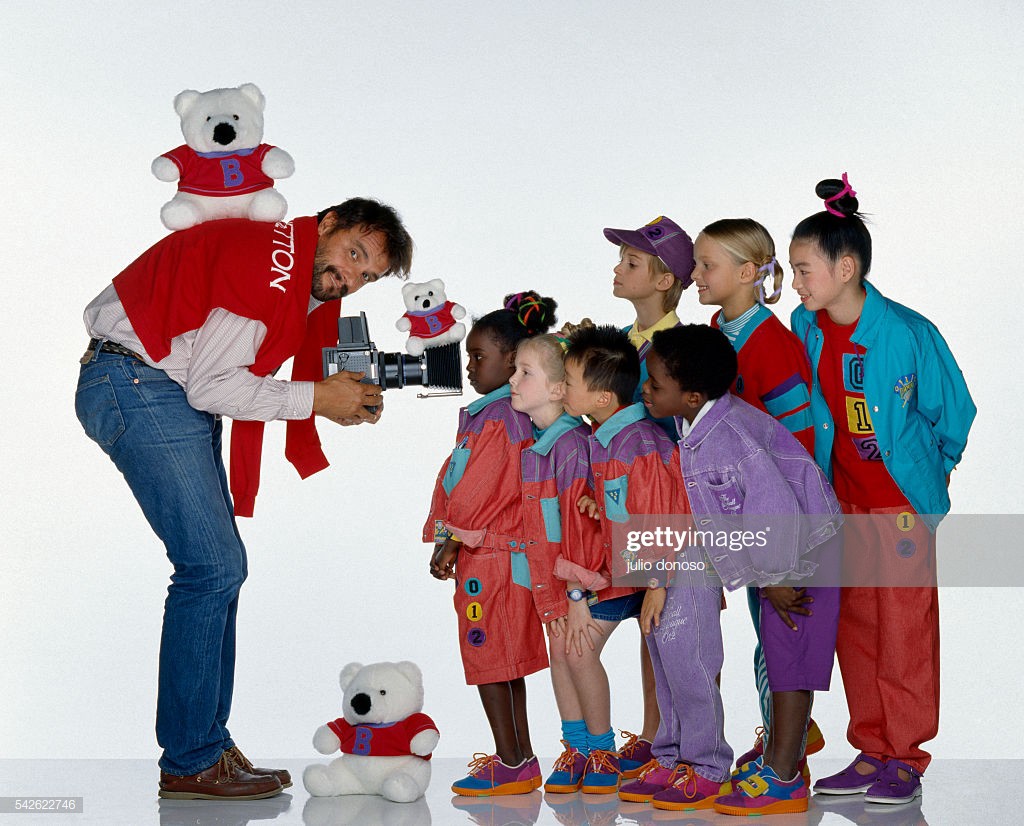
?They?ve finally understood,? Oliviero Toscani says with a smirk. ?It takes time to make people understand.?
The Italian photographer, who worked as the art director for United Colors of Benetton for 18 years, is speaking of the fashion industry. Brands, he says, have now ?understood? what he has since the early 80s and are finally embracing diverse models with open arms.
During the mid-90s and early noughties, United Colors of Benetton was arguably one of the world?s most recognisable fashion brands. Both famous and infamous, the striking visuals of their adverts (at times entirely bereft of any reference to their products), political posturing and diverse roster of models made them influential in both fashion and pop culture.
Over the years, the label fell out of favour. It?s commitment to producing its own designs seasonally, instead of quickly replicating looks from the catwalk, saw it replaced by rival fast-fashion chains like Zara and H&M, who are now being replaced with even faster fashion e-tailers such as ASOS and Boohoo. After big financial losses, the company reorganised its structure in 2015. It had little impact on its fortune.
 Photo: United Colors of Benetton
Photo: United Colors of Benetton
Despite largely slipping from public consciousness, you see Benetton more than ever now in fashion magazines, with brands by the bucketload clamouring to emulate it?s preexisting diversity. Many of the most successful marketing campaigns in recent years have been torn directly from the brand?s handbook. Themes that are now integral to many fashion companies? branding ? diversity, inclusion and politics ? have long been prioritised by Toscani.
He joined in 1982 and was given full powers by the company; his use of models of all races and skin tones in his iconic group images became the label?s trademark. Diversity became so synonymous with the brand that ?a Benetton ad? became a common way of referring to a group of ethnically mixed people.
Now, most ads are a Benetton ad. Diversity is trending, meaning it?s ?trendy? and finally something fashion has begun to incorporate. From Balmain?s 2014 campaign that clustered models of all shades into group shots to Boohoo?s #AllGirls campaign that depicted multiracial #squadgoals last year, rainbow friendship groups are all the rage. Gap?s Bridging The Gap campaign featured a high profile, mixed group, including Yara Shahidi, Priyanka Chopra and Adwoa Aboah, and the campaign showcasing Tommy Hilfiger?s adaptive collection (featuring designs to help people with disabilities dress themselves with ease) was similarly inclusive. Toscani?s images would sit seamlessly among their modern-day iterations and have aged amazingly well. But the photographer admits he feels slightly penalised for being so ahead of his time:
?The one thing worse than coming late, is coming earlier,? the 76-year-old says. ?There are people that come earlier ? I?m one of those guys. We?re called the beginners. And when you begin something, you don?t really get the fruits. The fruits are taken by the ones who come later.?
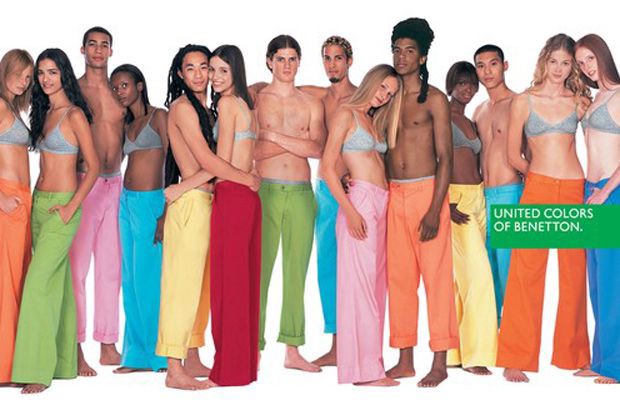 Photo: United Colors of Benetton
Photo: United Colors of Benetton
It?s hard to disagree ? companies are being applauded as groundbreaking and progressive for the type of shots they snubbed in the past. Over 30 years before our current diversity boom, in 1984, Toscani photographed the first multiracial ad for the line, while the companies competitors, at best, cast a single token minority. What prompted him to include models that looked so different, when his peers were only casting those who looked the same?
?Because that?s how the world is,? he says, sharply. ?It?s not multiracial, there is just one race ? the human race ? and they just come in different colours. I never really understood why nobody ever really thought that before.?
Benetton has always prioritised the inclusion of everyone, regardless of gender, race or sexuality. And, while a similar ethos is being extolled by most of the industry, Toscani said most of the backlash he faced was internal as opposed to from the wider public.
?It was hard. You?re probably too young, but everyone was criticising me,? he recalls. ?Anything new, you get critics. Anything you do in a new way, you get crap. The criticism was really from the people in the advertising world, because I did something so new that it caught everybody by surprise. I don?t need a million-dollar contract with stars, or the testimonial of George Clooney or top models. To me, a model after I?ve photographed them twice, it?s enough. Make space for a new one.?
He has said frequently that, to him, advertising is about communicating the values of the brand to the consumer. Alongside being diverse, Benetton was fiercely political; it made statements on religion ? one, eventually banned, ad featuring a priest and a nun kissing.
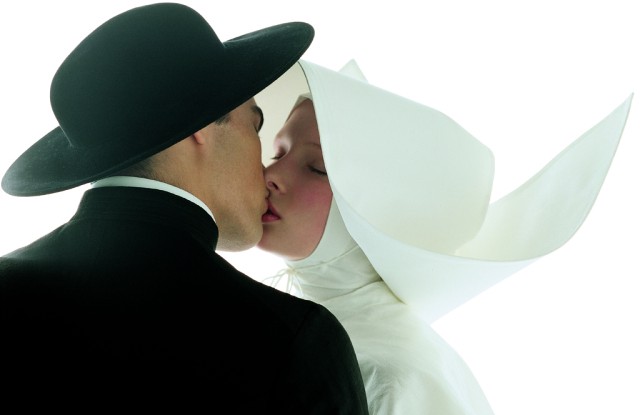 Photo: United Colors of Benetton
Photo: United Colors of Benetton
The ads touched on racism, with an image of three hearts that appeared to be human, labelled ?black, white, yellow?. One of its most controversial images was of David Kirby, a man with Aids, lying on his deathbed surrounded by his family, which led to calls for a boycott of the ad by The Sunday Times and fashion magazines Elle, Vogue and Marie Claire refusing to run it. Now, fashion brands are utilising political messages in the same way to address today?s contentious topics. Take British fashion label Jigsaw?s Love Immigration campaign. It featured a manifesto, alongside images of ethnically diverse models, which began, ?British Style is not 100% British. There is no such thing as 100% British.?
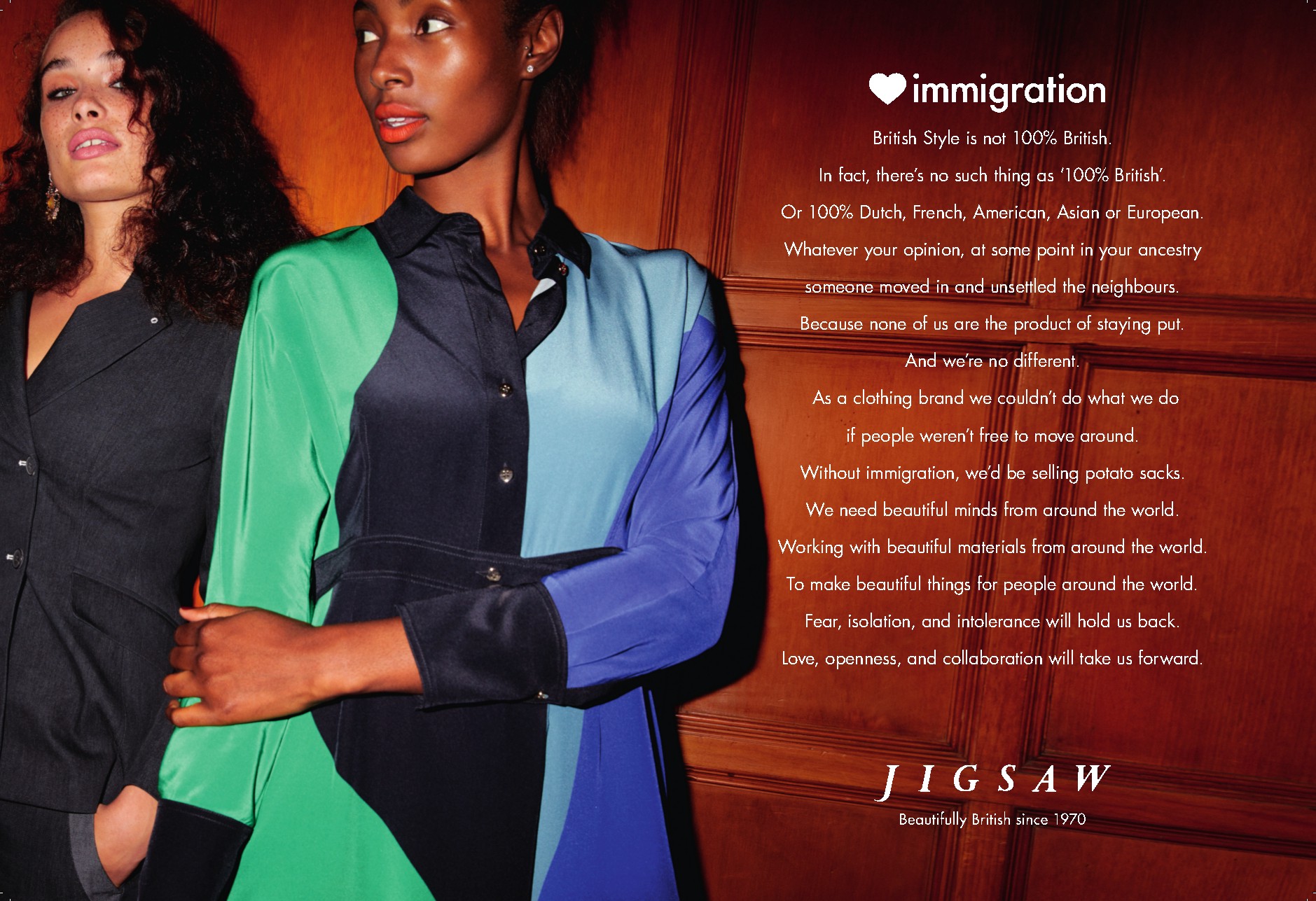 Photo: Jigsaw
Photo: Jigsaw
Similarly, H&M?s widely lauded feminist advert in 2016 aimed to subvert what it means to be ?ladylike?. It showed Lion Babe?s Jillian Hervey picking food from her teeth at a restaurant, one woman leading an all-male boardroom and another showing off her armpit hair. And Diesel?s Make Love Not Walls campaign was a clear dig at President Trump?s declaration to build a wall between the US and Mexico. Toscani isn?t wholly convinced by brands newfound commitments to diversity and political statements however, seeing it simply as a sign of the times.
?They go with the flow, they go with what they think is the best thing to do in marketing,? he sighs. ?I really don?t care what other people do. I?m not working to look for consensus. I?m not looking for consensus. If you look for consensus you produce mediocre work.?
?I don?t see anything interesting in editorial work, especially fashion. I find that most of the pictures are pretty stupid. The models look terrible, they all look the same ? depressed and without any energy. Terrible, I can?t stand it. It goes with the flow of fashion. And if you go with the flow of fashion, you?re out of fashion.?
 Photo: United Colors of Benetton
Photo: United Colors of Benetton
At the height of Benetton?s popularity, commentators were equally as sceptical of his own intentions. There was an ongoing debate as to whether his politically charged adverts and diverse castings were no more than cynical attempts at attention seeking or down to a genuine belief in equality. Many of Toscani?s adverts were seen as controversial for controversy?s sake, swathes of them banned and generating lots of press in the process. One 1994 advert showed the blood-soaked uniform of a soldier killed in the Bosnian war and was met with outrage. Another, depicting bodies tattooed with the words ?HIV positive?, was condemned as the ?commercial exploitation of suffering? by the National AIDS Commission. An advert featuring a newborn still attached to the umbilical cord and covered in blood was deemed a step too far.
Despite his professed dedication to racial harmony, Toscani himself was once accused of reinforcing racial stereotypes; an advert released in 1991 portrayed a white, blonde child with ringlets next to a dark skinned black child whose hair had been fashioned into horns. He claimed it aimed to subvert, but it caused widespread anger nevertheless. His final campaign, released in 2000, shot 26 death-row inmates and captioned the images SENTENCED TO DEATH. Murder victims? families lobbied retailers, sales plummeted and it led to his departure.
Seventeen years later, Toscani has been re-appointed in the same role at the company. The first campaign marking his return, late last year, aimed to raise awareness about integration. He photographed a class of 28 children, from 13 different countries across four continents; inclusion still remaining at the centre of his work. His latest campaign, launched this month, also features a characteristically diverse cast of models, holding colourful bouquets and wearing T-shirts emblazoned with phrases like ?colours don?t have gender?. Those without awareness of the brand might assume it too has simply boarded the diversity bandwagon, but the similarity between these pictures and Benetton?s earlier adverts is striking.
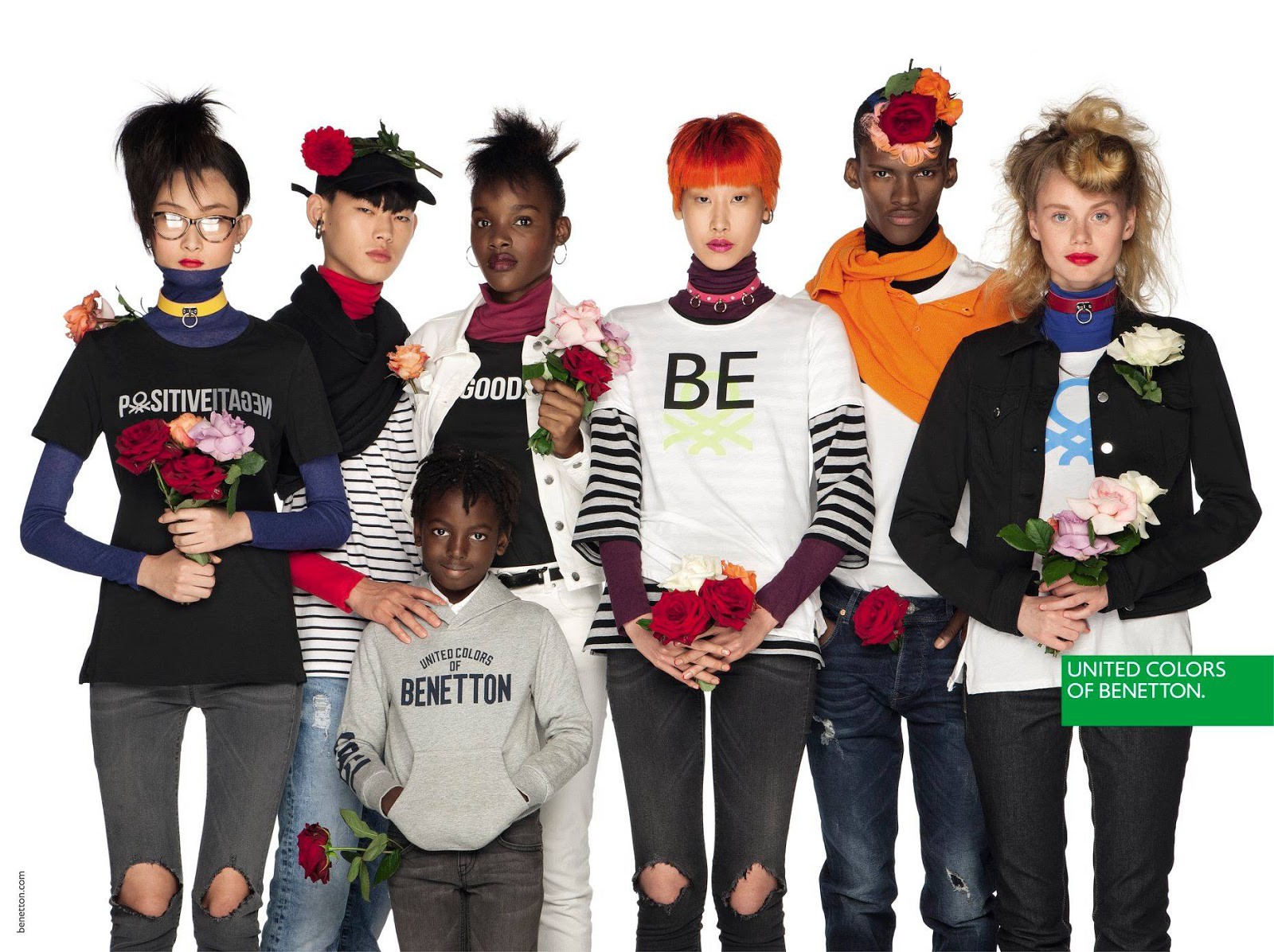 Photo: United Colors of Benetton
Photo: United Colors of Benetton
As he continues his work with the brand, it will be interesting to see how Benetton manages to distinguish itself from those now doing what they always have. But standing out from the crowd has never been an issue for Toscani. I ask if the ignorance of his influence bothers him at all. He responds, nonchalantly, not in the slightest.
?They get the credit, so what? They know it doesn?t belong to them,? he laughs. ?They?re just a bunch of fools. I haven?t got a problem if I don?t get credit from other people?s work. I?m lucky, because I?m not copying nobody. I?m a lucky person.?
Originally published on The Pool, 19 April 2018
